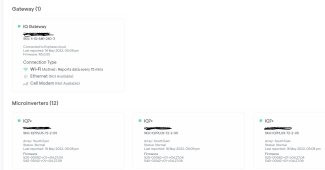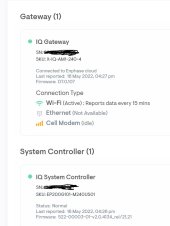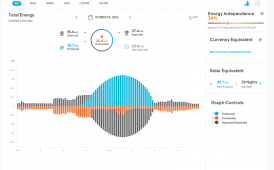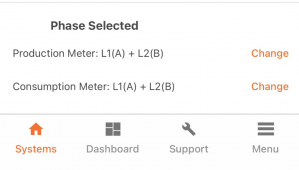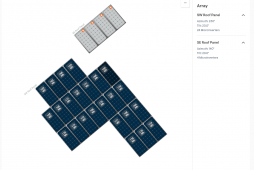Hello
I am putting together a single array solar system using Q-cells 400-watt panel. This panel has a NMOT of 299.6 Watts therefore ~1.25 amps @ 240 volts.
I am looking at using Enphase IQ8 micro inverters but wonder which to pair with these panels.
I am in Southern California at Lat 34 degrees and installing on a 2/12 roof with angle ~10 degrees so at summer solstice I would be close to optimal incident angle.
Question to maximize yearly Kwh output should I go with IQ8Plus with 12 Panels/inverters or IQ8M with11 Panels/inverters?
Seems that in ideal condition I will get some clipping with the IQ8Plus but overall, I would produce more energy with the 12 panels/IQ8Plus than with the 11 panel/IQ8M.
Is there any sort of online app to help analyze this? Or from the experts here which approach is advised.
I am putting together a single array solar system using Q-cells 400-watt panel. This panel has a NMOT of 299.6 Watts therefore ~1.25 amps @ 240 volts.
I am looking at using Enphase IQ8 micro inverters but wonder which to pair with these panels.
| IQ8Plus | IQ8M | |
| Max Amps | 1.21 | 1.35 |
| Max Inverters per 20 Amp Circuit | 13 | 11 |
I am in Southern California at Lat 34 degrees and installing on a 2/12 roof with angle ~10 degrees so at summer solstice I would be close to optimal incident angle.
Question to maximize yearly Kwh output should I go with IQ8Plus with 12 Panels/inverters or IQ8M with11 Panels/inverters?
Seems that in ideal condition I will get some clipping with the IQ8Plus but overall, I would produce more energy with the 12 panels/IQ8Plus than with the 11 panel/IQ8M.
Is there any sort of online app to help analyze this? Or from the experts here which approach is advised.





